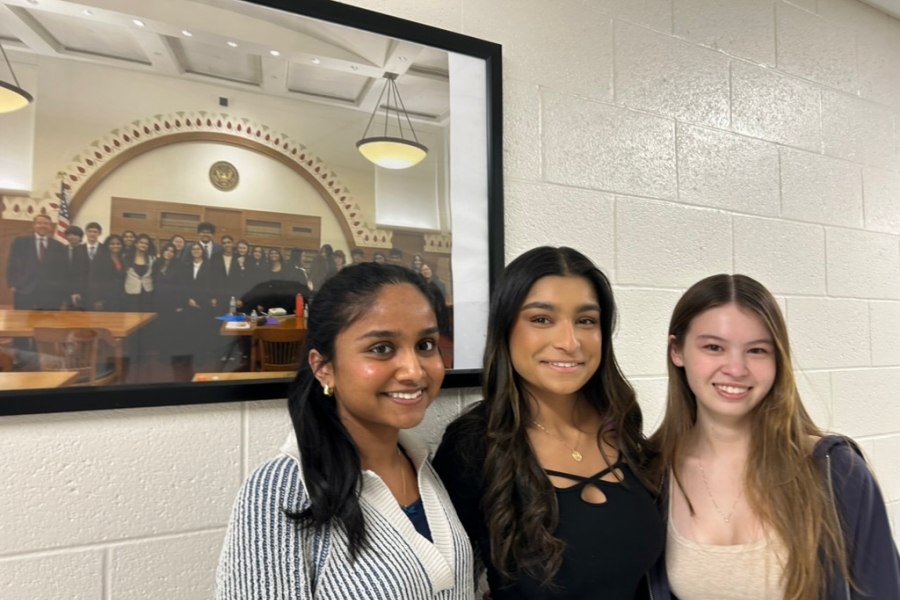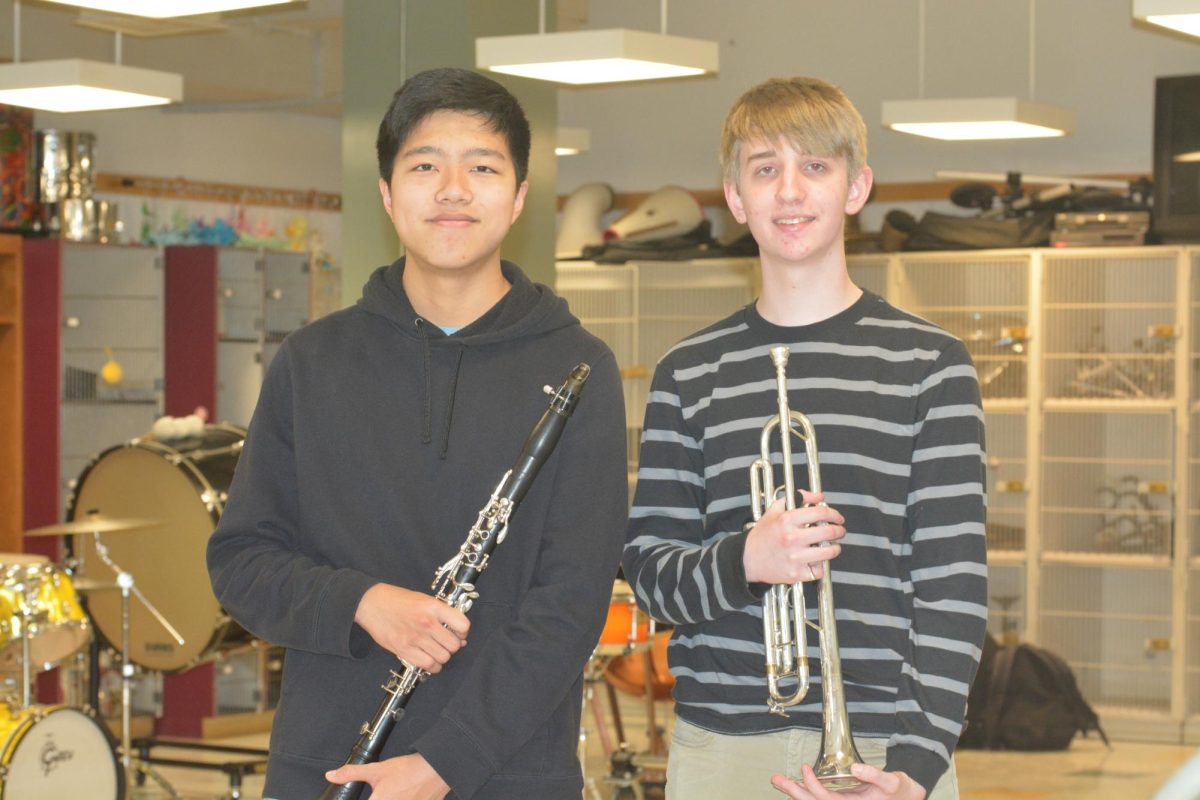
By Kai-Lou Yue
Business Manager
Currently around the United States, there has been a lot of excitement and speculation surrounding the idea of the Amazon drones. It’s thought to be a job for experts, but here at Westford Academy, two students are building something quite similar to these flying objects from Amazon.
At Westford Academy, during the months of April and May, senior students have the option of participating in an internship or doing research project. Students in the past have done a wide range of projects and internships, but the project of seniors Michael Gillett and Derek Feehrer is likely the first of its kind at this school.
The two students are building a small, 4-roter helicopter which is able to be remotely controlled, known as a quadcopter or a quadroter. Currently, it uses four high speed motors to move, and built in sensors help it stabilize itself in the air and navigate. Some of the copter’s parts were bought, but others were made by Gillett and Feehrer.
“We are still working on our flying skills [since] it’s harder than it looks, but we still have a few weeks to figure that out,” said Feehrer.
The small, four rotor copters are also able to perform different actions depending on what is attached to it. According to Feehrer, among other potential ideas, a camera can be attached it in order to get aerial footage.
“You can also mount lights, a cargo bay, a robotic arm or really anything else to change it for the specific application,” he said.
Besides the prototype’s current capabilities, Gillett and Feehrer have high hopes for additional improvements to it. They intend on installing a GPS module that would allow them to fly the copter autonomously, and plan to add a cargo bay so it can carry various objects.
Feehrer added, “We are also in the process of adding LED light strips on the underside of the copter and a Bluetooth module so we can change settings without having to plug it into a computer.”
According to the students, with more funding, they would also be able to add a wireless video transmitter system which would enable the copter to fly longer distances as well as transmit a live aerial video feed back to the ground.
However, with the quadcopter’s potential capability to take a video from its position when in the air, it could face some issues concerning legality, which is why this project is technically called a “quadcopter” instead of a “drone”; drone being a term usually reserved for military unmanned aerial vehicles (UAV’s).
Gillett explained that he and his partner are making what is called a hobbyist UAV, according to the Federal Aviation Administration. As long as the quadcopter is flown below 400 feet and it stays in the person in possession of the UAV controller’s line of sight, it is considered legal.
“So basically as long as we keep it relatively close by […] we are not breaking any laws,” said Gillett. “Additionally, the FAA does not yet allow commercial use of drones, so unfortunately we won’t be starting up our drone pizza delivery business just yet.”
With these two students’ interests, it makes sense that they would choose this as a project, especially as both of them were part of the group who won the Verizon app challenge with Tactillium, a chemistry app they made with three other students. Nonetheless, even with their knowledgeable background experience with robotics, electronics and coding, they have both used the building of the quadcopter to further their familiarity with the technology field.
“We are both also looking at pursuing tech related majors and careers in the future. We felt that this project would be a good way to get a feel for the design process used by basically every engineering field. We had both been kind of interested in the idea of a DIY drone for a while,” said Gillett.







jakrina • Apr 20, 2016 at 7:12 am
Great article to read and Awesome tips.I Like It.Thank You So Much.